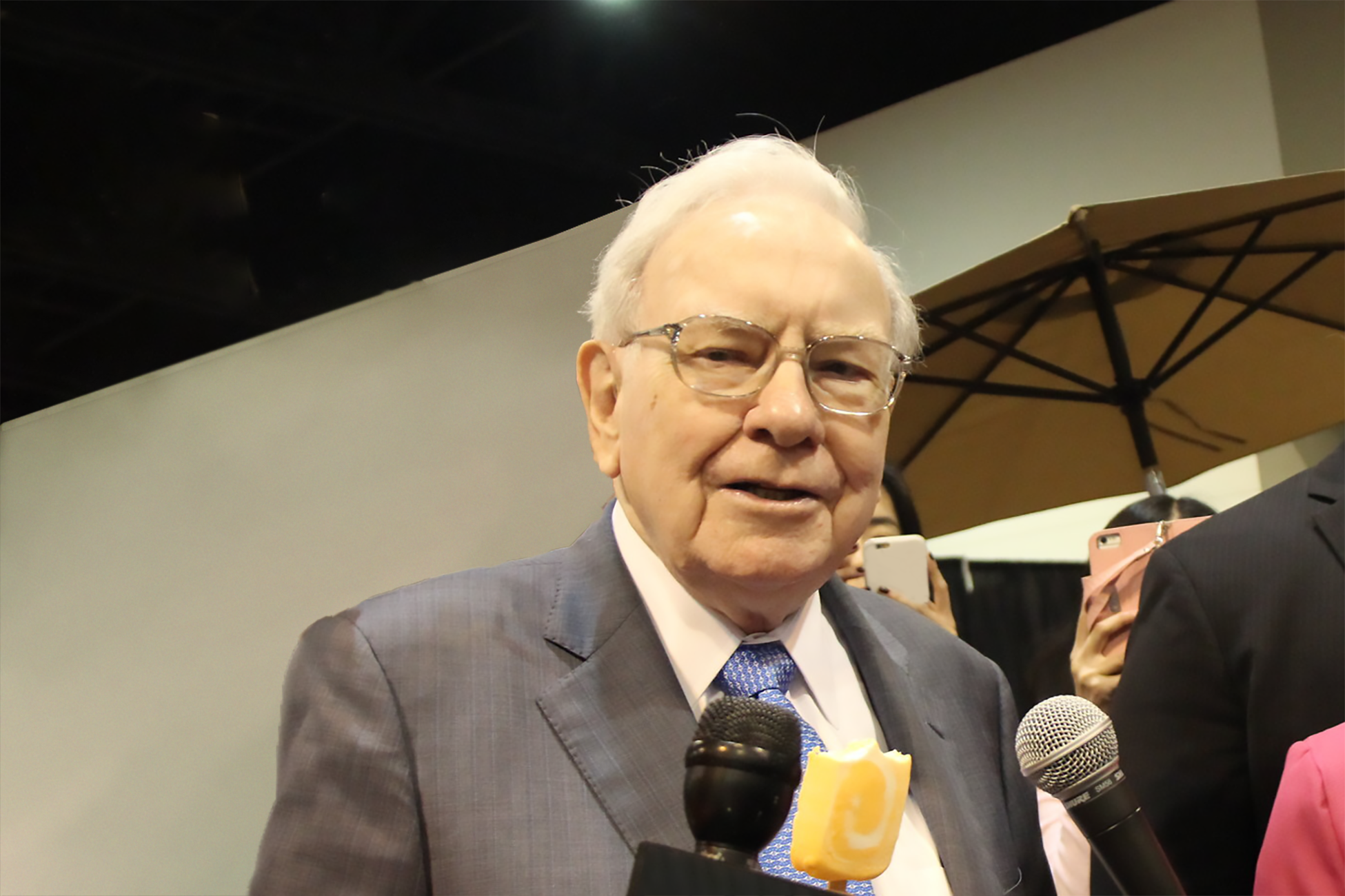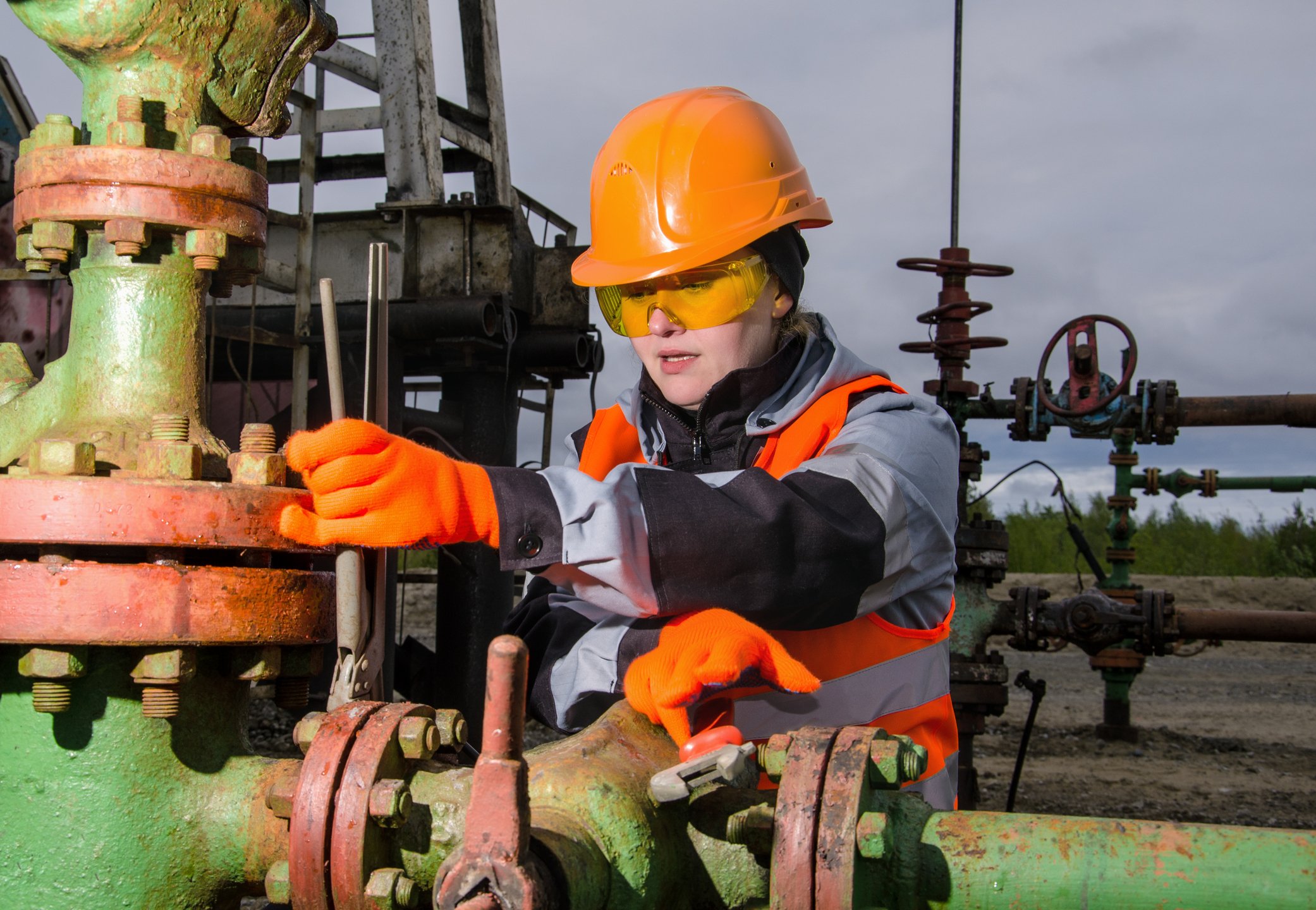Artemisinin-based combination therapies are some of the most important weapons wielded by the developing world against malaria, which claims over 620,000 lives each year. While artemisinin is effective, its supply and cost is greatly affected by volatile agricultural production of the world's sweet wormwood crop. Enter synthetic biology pioneer Amyris (AMRS +0.00%), which was founded to build a yeast strain capable of producing artemisinic acid -- converted into artemisinin with light -- through fermentation. The yeast strain was transferred to a major pharmaceutical company (link opens PDF) on a royalty-free basis in 2008 and now produces one-third of the global demand for the drug under a "no profit, no loss" principle.
Today Amyris commercially manufactures and sells just two molecules -- the renewable building block hydrocarbon farnesene and the fragrance patchouli oil -- but its engineered yeasts still replace less efficient agricultural production methods for each molecule. If two molecules doesn't sound impressive, consider that the company has at least 22 additional molecules in development under contract with global fragrances companies such as Firmenich and International Flavors & Fragrances (IFF +0.95%) . That doesn't include several more with performance material companies such as Michelin and fuels and chemicals companies such as Total (TOT +0.00%) and BASF. That presents one giant problem for investors: How can you possibly value Amyris with more than 22 molecules in development, especially if you don't know what any of them are?
Rather than focus on valuing independent molecules or the sum of the parts, investors can focus on a simpler analysis evaluating the development strategy for all new molecules. Here's how the strategy breaks down and how it affects investors.
Are all molecules pursued with the same approach?
No. Molecules under development at Amyris are organized into two categories. The first group is comprised of novel molecules, such as patchouli oil, and represents four of the molecules being actively developed at the company's facilities in San Francisco right now. Yeast strains need to be engineered to produce these molecules at commercially viable metrics (yield, productivity, and titer) to ensure they are profitable and cost-competitive from the first day of production for partners such as International Flavors & Fragrances. These are fermentation products.

The commercial target improvement (y-axis) of selected fermentation products is shown versus time (x-axis). Fragrance 1 is patchouli oil. Source: Amyris.
The second group is comprised of molecules derived from farnesene, such as those being developed in the recently announced commercial agreement with Takasago, and represents nine molecules on-deck in the development pipeline. These benefit from piggybacking on the strain development of farnesene for all uses -- fuels, performance materials, lubricants, cosmetics, and more -- from the start, which means their development is not dependent on fermentation of a new molecule. These are derivative products.
Do all molecules have the same commercial targets?
No. The commercial targets for each molecule are determined by the market price for the intermediate application or end market. For instance, farnesene is generally applied to lower-margin markets, which requires it to be produced at very low costs (recently below $3.50 per liter). High-value fragrance molecules can be produced profitably at much higher costs than farnesene if the market price is sufficient.

Amyris estimates; not drawn to scale. Source: Amyris.
As you can see, the mystery molecule that sells for $1,000 per kilogram need not be produced at ultralow costs to achieve profitability.
How does Amyris decide which molecules to target?
Amyris develops molecules based on how partners rank their molecules, which are prioritized using factors such as addressable markets, market growth, sourcing concerns and/or challenges, and pricing volatility to their supply chain. For example, molecules sourced from volatile agricultural methods that address a large market with attractive growth would take development priority for International Flavors & Fragrances over a molecule with few supply constraints that addresses a low-growth market. The latter would still be in the pipeline, but it would be a lower-priority target.
When does Amyris receive payments?
Value is created throughout the development process, which only makes it fair for payments to be received throughout the process, too. For fermentation products, partners pay Amyris for strain development and manufacturing for each molecule. A similar agreement is in place with Total for enhancing farnesene production and lowering costs, which also pays Amyris for leasing lab space and time at the pilot plant in San Francisco, as well as a deal with BASF for an undisclosed molecule. For all molecules, whether they are fermentation products or derivative products, Amyris shares in the cost benefit and performance benefit for the specific end market. That way, the company's incentives are aligned with those of the respective partner to reduce its manufacturing costs even after a molecule is produced at scale.
This payment structure is a critically important part of Amyris' development strategy, although it is poorly understood by most investors and even Wall Street analysts. Not only does it pay for the development and commercialization of products that will grow the company's top and bottom lines in the future, but it could also help the business achieve cash flow positive operations in 2014.
Foolish takeaway
Given the number of molecules in the pipeline that will make their commercial debuts over the next seven years, investors should probably pay more attention to the company's development strategy than attempting to value the entire pipeline. The 22 molecules under development for the fragrance industry represent $1 billion in potential revenue for Amyris, which is addressable by the end of the decade if the company successfully develops two to four new commercial strains each year. That's quite impressive considering it neglects growth from performance materials, which are expected to generate up to $150 million in revenue by 2017 and upward of $320 million at full production of a new facility. Of course, the company must execute on its vision for its fledging fragrance portfolio. So far, so good; but there's a long road ahead.







